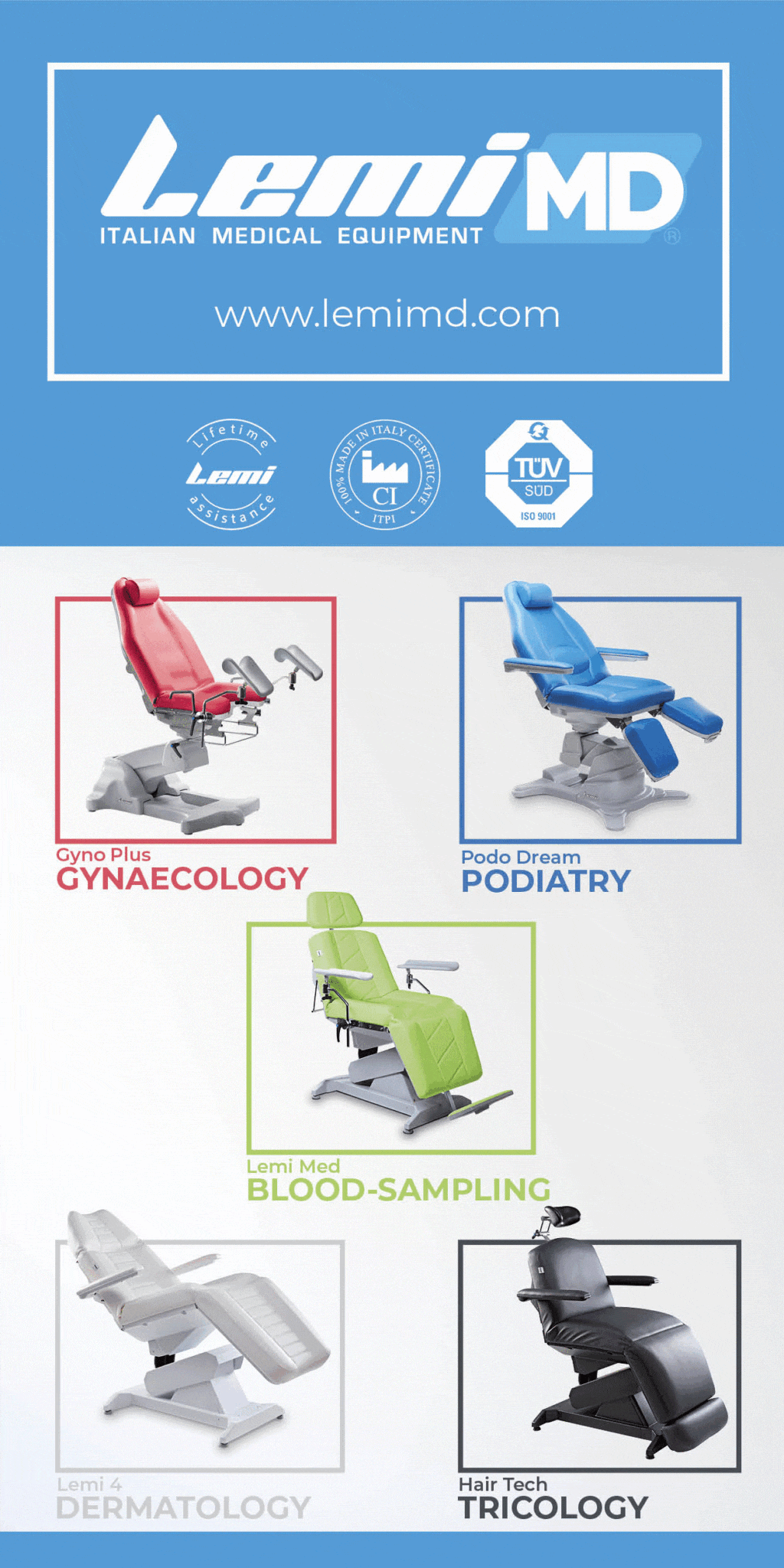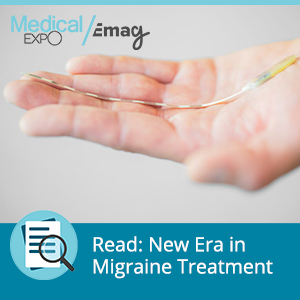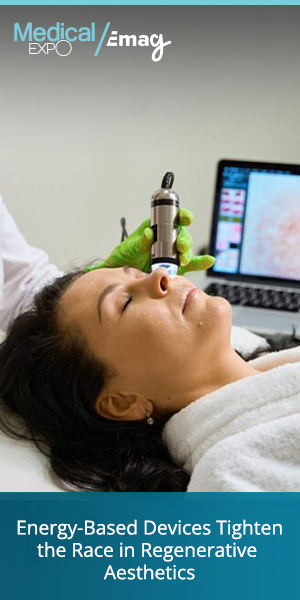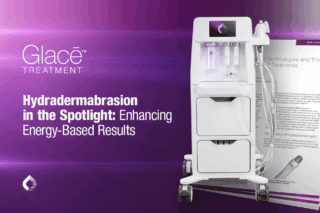The use of micro-3D printing continues to drive and speed up the development of medical devices and microfluidics, as well as medical research.
By Nir Sade GM, AM Division & SVP Product at Nano Dimension, a provider of micro-3D printing/additive manufacturing (AM) solutions
There are currently several very strong trends that are driving the adoption of micro-AM for medical uses:
- A rising demand for small components due to more minimally invasive surgeries
- The customization of devices and models specifically for each patient
- A push for miniaturization of medical devices
- Ongoing growth of microfluidics in research
Traditional methods such as micro injection molding or CNC machining are costly and limited by tooling requirements. 3D printing allows for intricate geometries without assembly hassles. This capability reduces both time and effort. It also leads to faster development compared to traditional techniques.
The application areas in which these trends are demonstrated include microneedles, microfluidic chips, and personal medical device miniaturization.
READ ALSO
Microneedles
Looking at these in turn, there are various designs of microneedles for different purposes that have been created. Some of them are intended for drug delivery. Others are for collecting skin cells. Some of the foremost micro-3D printing systems available on the market allow for the simultaneous production of hundreds of micro-needles on a single build plate in a matter of hours. This ensures smooth, high-quality, sharp precise tips.

Microfluidic Chips
When it comes to the use of micro-3D printed microfluidic chips, a recent collaboration between Nano Dimension and the Technical University of Munich exemplifies the advantages that exist. We partnered with the institution to develop a scalable droplet microfluidic workflow for generating patient-derived organoids (PDOs) at the Center for Functional Protein Assemblies (CPA). The challenge involved achieving micron-level accuracy in fabricating channels for proper fluid behavior without channel occlusion.
Traditional methods proved laborious and limited in scalability, prompting the adoption of micro-3D printing technology from our Fabrica product line. The successful fabrication of a functional droplet microfluidic device highlighted the benefits of a monolithic design. It simplifies cleaning and sterilization procedures while minimizing inter-experimental variations.
This particular collaboration represents a significant advancement in droplet microfluidics. It promises groundbreaking discoveries in protein assemblies and cancer biology. It also heralds a new era of efficiency and innovation in biomedical research.
READ ALSO
Personal Medical Device Miniaturization
Another trend in healthcare that is driving the demand for micro-AM parts, is the growing use of miniature medical devices. This also links to the increasing acceptance of wearable medical devices.
A compelling example of this trend is with our customer, Torramics. They recently used their Fabrica 3D printing technology to develop a small, disposable, electronic drug delivery device. Called the Torramics nanoPatch, this is based on NASA’s nanoPump technology. It offers a convenient, reliable, and cost-effective treatment for chronic conditions such as diabetes. By leveraging micro-AM, Torramics has shortened its development cycle from over one week to less than 24 hours, at less than 10% of the cost.

Medical Research
In addition to research conducted with Microfluidics, intensive medical research also benefits from micro-3D printing technology.
A team of researchers from the University of Bordeaux’s IMN: Neurodégénératives Diseases Institute in France, as well as institutions in Canada – (the CERVO Research Center and the University Laval) have just worked with Nano Dimension to produce a medical device capable of measuring neuronal activity in the spinal cord of a freely moving mouse.
Recording the electrical activity of neurons in this area of the mouse’s anatomy was challenging due to movement induced by walking and breathing. To address this, our team deployed our micro-AM technology using cytotoxicity[1] -cleared Fabrica M810 resin to design a brace that was attached to the mouse’s vertebra to hold two electrodes in place. Not only did the technology enable the rapid and cost-effective production of the part, but crucially met the fundamental design objective for minute holes for the electrodes that measured just 110 μm and 2.7 mm wide.
As these examples hopefully demonstrate, micro-AM technology is becoming an increasingly recognized and formidable solution for the prototyping of medical device components, and microfluidic chips. It is also interesting for producing large quantities of parts – as demonstrated in the microneedle example.
It can also be deployed to print molds or mold inserts for micro parts, which can then be used with micro injection molding solutions to create parts from a wider variety of thermoplastics. Little wonder, therefore, that micro-AM technology continues to attract the gaze of manufacturers from a multitude of sectors as a fast and cost-effective technology solution to address their exacting application requirements.

[1] M810 was tested according to ISO 10993 – part 5: Tests for in vitro cytotoxicity and was found to be non-cytotoxic. EN ISO 10993 defines the series of standards for evaluating the biocompatibility of medical devices.











